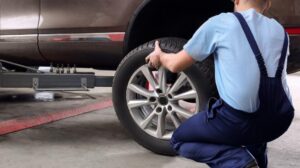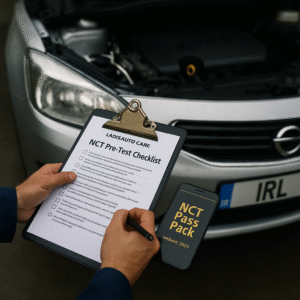As the winter season approaches, it’s important to take the necessary steps to prepare your vehicle for the cold weather ahead. Winterizing your car not only ensures your safety on the road but also helps to prevent any potential damage caused by the harsh winter conditions. In this article, we will discuss the essential maintenance tasks and steps that you should take to winterize your car.
1. Check and Top Up Antifreeze
Antifreeze, also known as coolant, plays a crucial role in protecting your engine from freezing in cold temperatures. It’s important to check the level of antifreeze in your car’s radiator and top it up if necessary. Make sure to use the correct type of antifreeze recommended by your vehicle’s manufacturer.
2. Inspect and Replace Worn Tires
Winter tires are specifically designed to provide better traction and grip on icy or snowy roads. Inspect your tires for any signs of wear and tear, such as uneven tread wear or low tread depth. If your tires are worn out, it’s essential to replace them with winter tires to ensure optimal performance and safety during the winter months.
3. Check Tire Pressure Regularly
Cold temperatures can cause a decrease in tire pressure. It’s important to check your tire pressure regularly and ensure that they are properly inflated. Underinflated tires can affect your car’s handling and fuel efficiency, while overinflated tires can lead to reduced traction on slippery roads. Refer to your vehicle’s manual or the inside of the driver’s door for the recommended tire pressure.
4. Test Your Battery
Extreme cold weather can put a strain on your car’s battery. Before winter arrives, it’s a good idea to have your battery tested to ensure it’s in good condition. If your battery is more than three years old or showing signs of weakness, consider replacing it to avoid the inconvenience of a dead battery on a cold winter morning.
5. Replace Worn Wiper Blades
Visibility is crucial when driving in winter conditions. Inspect your wiper blades for any signs of damage or wear. If they are leaving streaks or not clearing the windshield properly, it’s time to replace them. Opt for winter-specific wiper blades that are designed to handle snow, ice, and freezing temperatures.
6. Check and Maintain Fluid Levels
Ensure that all your car’s fluid levels are topped up, including engine oil, transmission fluid, brake fluid, and windshield washer fluid. Cold temperatures can affect the performance of these fluids, so it’s important to check and maintain them at the recommended levels to avoid any potential issues.
7. Prepare an Emergency Kit
It’s always wise to be prepared for any unexpected situations on the road, especially during the winter season. Put together an emergency kit that includes essentials such as a flashlight, extra warm clothing, blankets, a first aid kit, a snow shovel, and jumper cables. Having these items on hand can provide peace of mind and help you stay safe in case of an emergency.
By following these essential maintenance tasks and steps, you can ensure that your vehicle is well-prepared to handle the challenges of winter weather. Remember, taking the time to winterize your car not only helps to keep you safe but also prolongs the life of your vehicle.
For more tips and advice on car maintenance and winterizing your vehicle, visit AutoAdvisor.
Inspiration: https://autoadvisor.online





